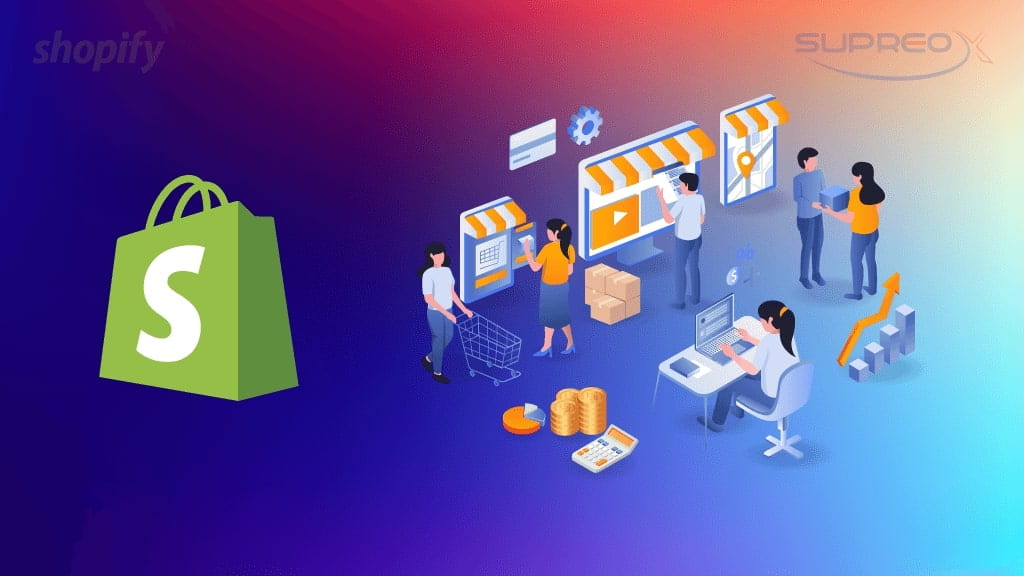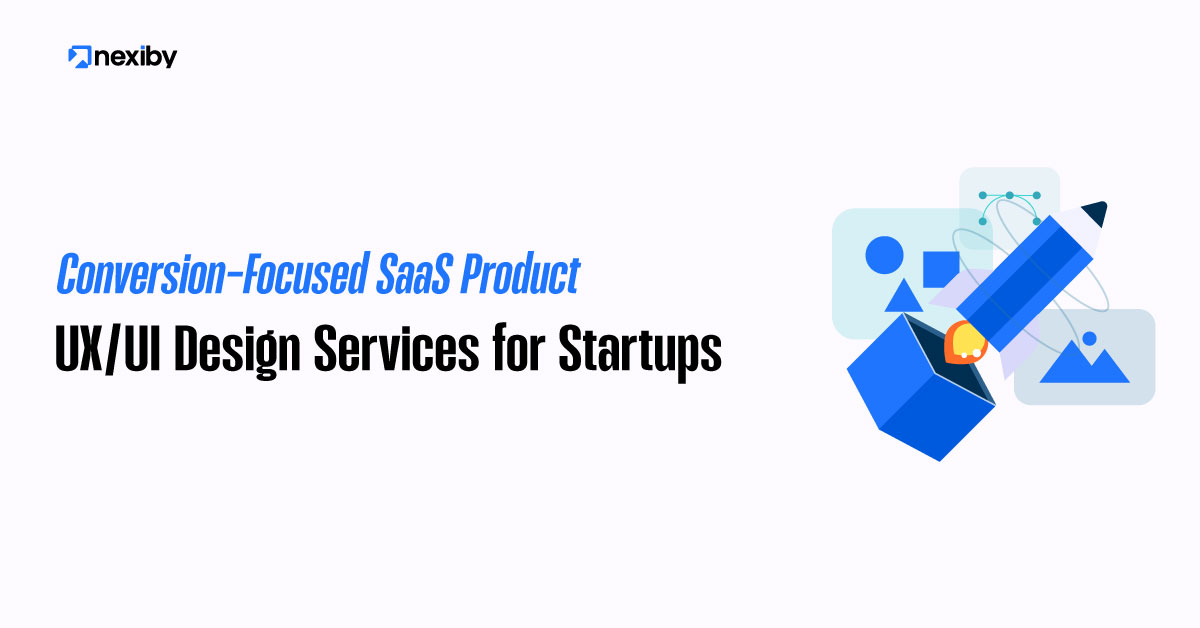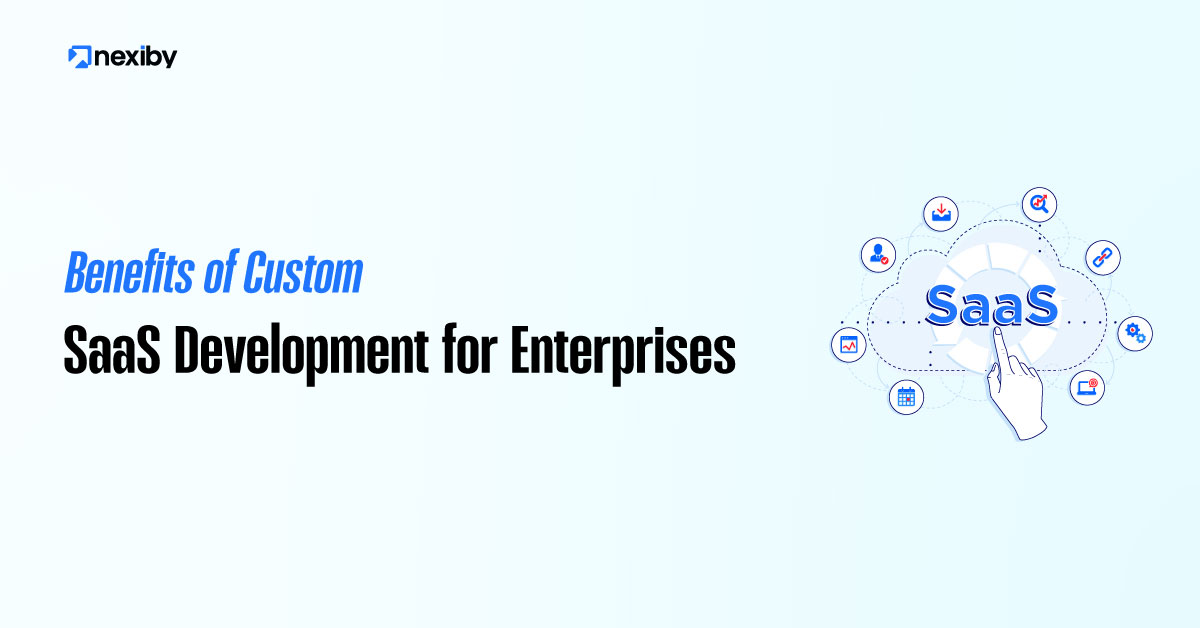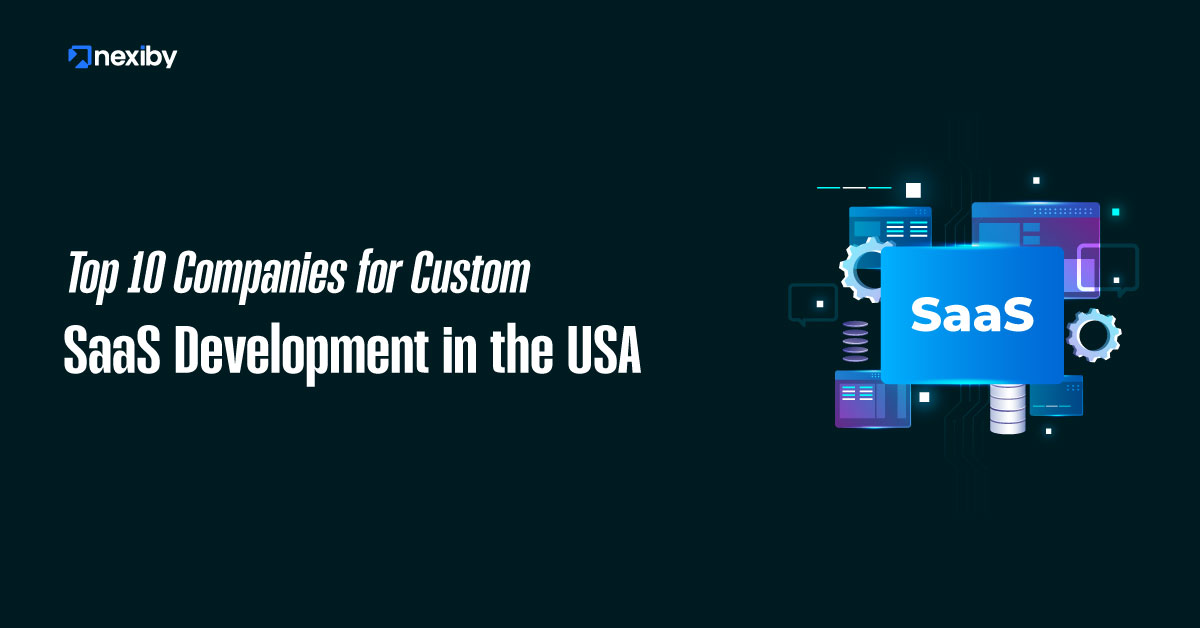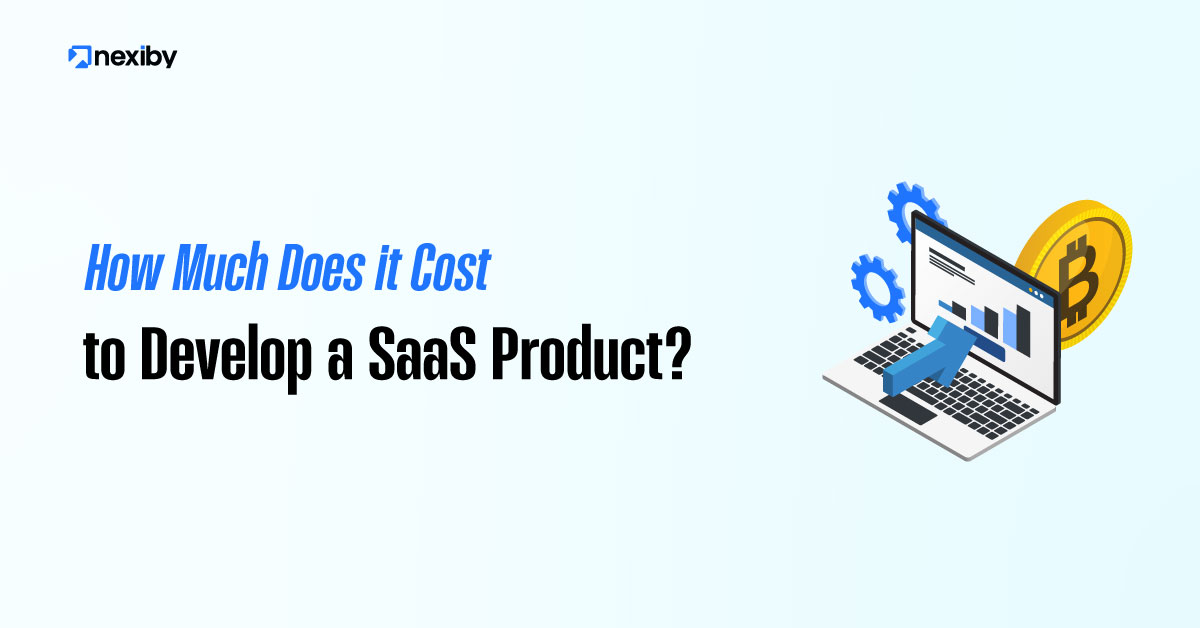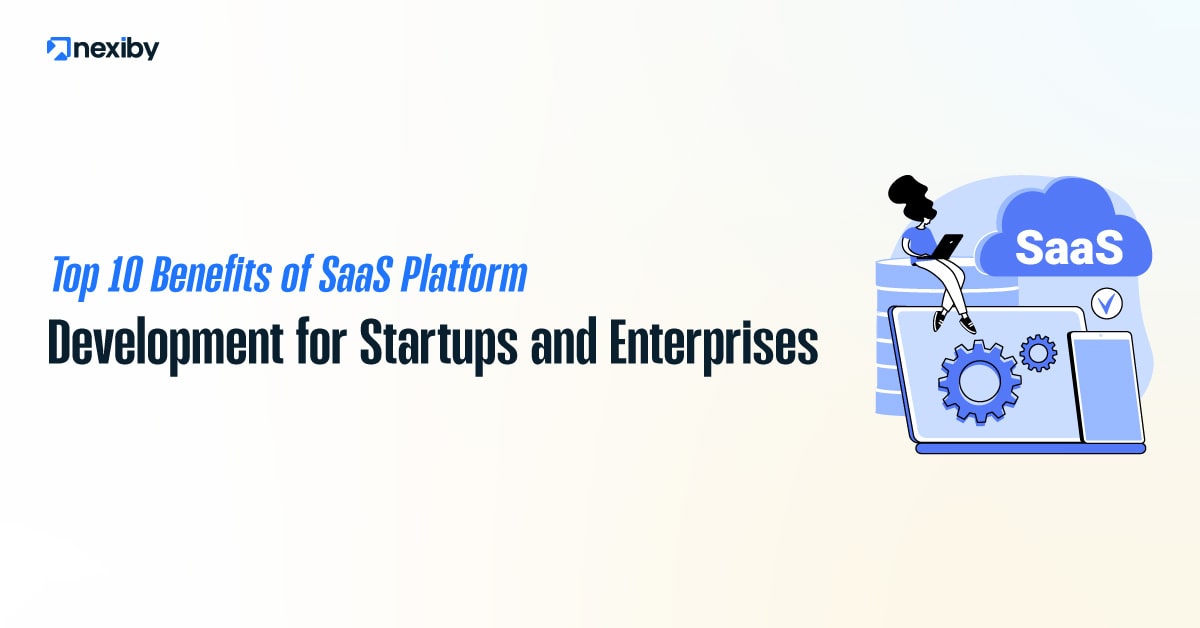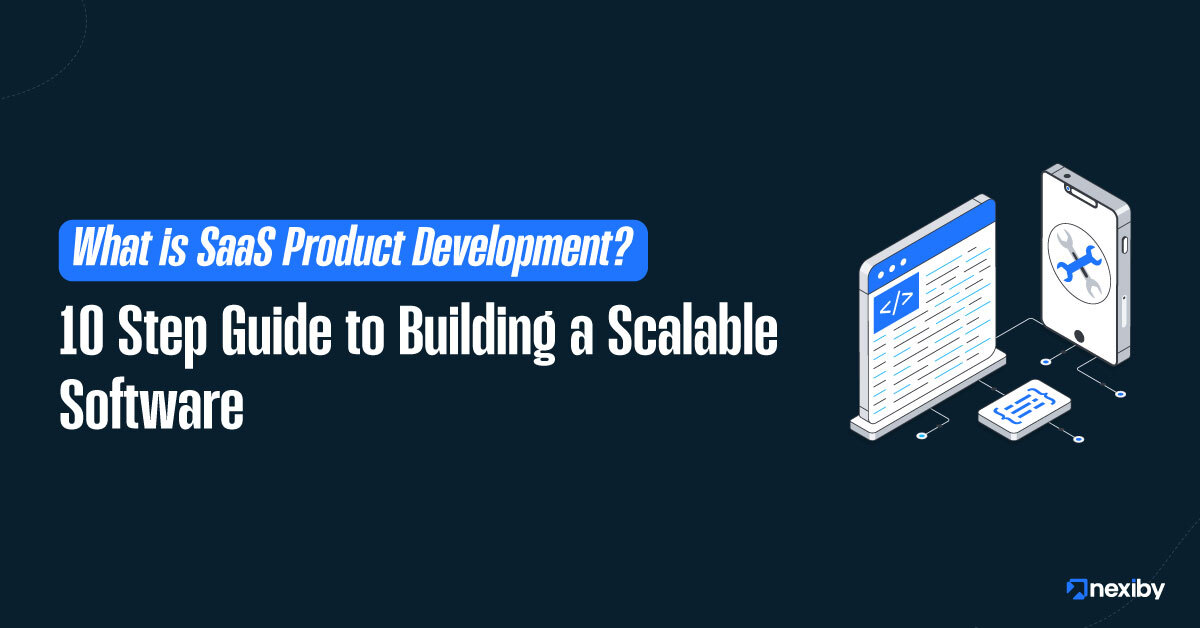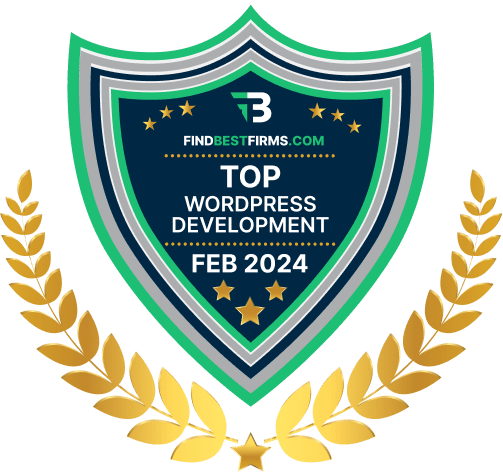Running a Shopify store without a solid strategy is like sailing without a compass. If you’re feeling stuck, struggling to attract traffic, or can’t convert visitors into buyers, you’re not alone. The good news? It doesn’t have to stay that way.
In this guide, you’ll discover ten powerful tactics to help you build an effective e-commerce strategy for your Shopify store. This strategy will drive quality traffic, boost conversions, and turn casual shoppers into loyal fans. Whether you’re just launching your store or looking to scale, these proven methods will help you build long-term success.
Why You Need a Winning Shopify E-Commerce Strategy?
Without a structured plan, your Shopify store is likely to get lost in the crowd. A strong e-commerce strategy provides a clear path forward. It helps you define your goals, reach the right audience, and turn those people into paying customers.
A solid strategy gives you an edge. It lowers your customer acquisition costs, increases your customer lifetime value, and improves your overall conversion rates. Most importantly, it helps you create consistent and predictable growth. Shopify provides you with the tools to build a store, but strategy is what makes it profitable.
Define Your Target Market and Buyer Personas
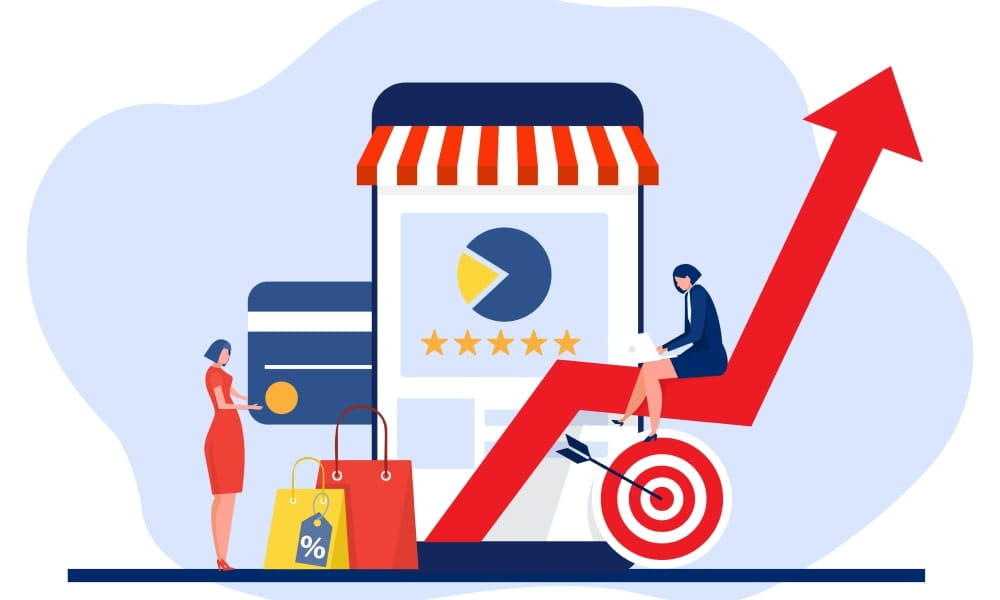
Before you create product listings or run a single ad, you need to know who you’re trying to reach. Selling without a clear understanding of your audience is like shouting into the void. You might be loud, but no one’s listening.
Start by identifying your ideal customer. Consider their age, gender, location, income, lifestyle, and interests. What problems do they face that your products can solve? What motivates their purchases? Is it convenience, quality, price, or something else?
Once you understand this, create buyer personas. Give them names and backgrounds. For example, you might have “Busy Mom Sarah,” who values quick delivery and affordable prices, or “Techie Tom,” who’s interested in unique gadgets and user reviews. These personas will guide your decisions on branding, marketing, and customer service.
Use Shopify’s built-in analytics and Google Analytics to collect real customer data. This will help you refine your personas and adjust your messaging based on actual behaviors, not just guesses.
Choose a Profitable Niche and Product Offering
Trying to sell everything to everyone is a common mistake. It waters down your brand and makes it harder to attract loyal customers. Choosing a specific niche helps you stand out and makes your marketing more focused and effective.
Look for a niche with high demand but low to medium competition. Use tools like Google Trends, Oberlo, or Spocket to see what’s trending. Explore best-selling products on Amazon and Etsy for inspiration. But don’t just chase trends. Find a space where you can offer unique value or a better experience than competitors.
Profit margins matter too. A popular product with razor-thin profit isn’t sustainable unless you’re selling at massive volume. Aim for products with a gross profit margin of at least 40 to 60 percent. Consider shipping costs, packaging, and customer service when pricing your products.
Your niche should align with your interests or expertise whenever possible. It’s much easier to market a product you genuinely care about.
Optimize Your Shopify Store for Higher Conversions
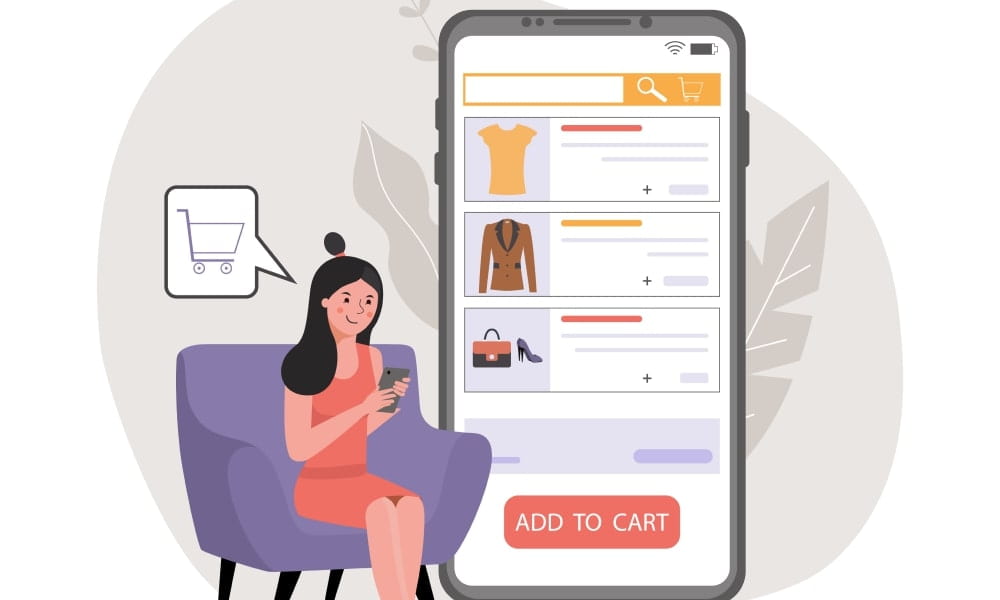
A beautiful store won’t help if your visitors aren’t clicking the “Buy Now” button. Design and functionality must work together to guide your customer from the landing page to checkout without friction.
First, make sure your site loads quickly. A slow site can kill your conversions, especially on mobile, where most traffic comes from. Your design must be responsive, clean, and simple to navigate. Don’t clutter your homepage with too many distractions. Every element should guide your visitor closer to making a purchase.
Use high-quality product images and videos. Show the product from multiple angles and in real-life situations, if possible. Write product descriptions that speak directly to your customer’s pain points and highlight benefits clearly.
Calls to action should be bold and clear. “Add to Cart” or “Buy Now” buttons must be clearly visible and positioned above the fold. Display trust signals, such as secure payment badges, money-back guarantees, and customer reviews. These elements help reduce hesitation and build confidence in your brand.
Use SEO to Drive Organic Traffic
Search engine optimization might sound technical, but it’s one of the most powerful tools for growing your Shopify store without relying only on ads. Unlike paid traffic, SEO brings long-term, consistent visitors to your site, often at no cost.
Start by researching keywords that your ideal customers are searching for. Tools like Ubersuggest, Ahrefs, or Google Keyword Planner can help you find terms with solid search volume and low competition. Use your focus keyword, like “how to create an effective e-commerce strategy for a Shopify store,” naturally in your page titles, meta descriptions, and product descriptions.
Make sure your URLs are clean and include relevant keywords. Add image alt text so search engines can understand the content of your visuals. Structure your site in a way that makes it easy for search engines to crawl and index your pages.
One often-overlooked part of SEO is content. Start a blog on your Shopify store. Write how-to guides, comparison posts, product roundups, and other helpful content related to your niche. This builds authority and provides you with more opportunities to rank higher in Google search results.
Leverage Paid Ads for Quick Growth
While SEO is a long-term play, paid ads can generate fast results. If you want to scale quickly, platforms like Facebook, Instagram, Google, and TikTok offer powerful advertising tools that enable you to reach your audience with precision.
Facebook and Instagram are great for visual storytelling. They allow you to create highly targeted campaigns based on interests, behaviors, and demographics. Use short, engaging videos or carousel ads to capture attention. Test different creatives, headlines, and calls to action to determine which one performs best.
Google Shopping is ideal for buyers who are already searching for products. It shows your listings directly in search results, which can lead to high-quality traffic. Make sure your product titles and feeds are optimized with keywords.
TikTok Ads are growing rapidly and are particularly effective for younger audiences. Focus on authentic, user-generated-style content rather than polished brand ads. These feel more genuine and often convert better.
Always install your Facebook Pixel and Google Conversion Tracking early to collect data and optimize your campaigns efficiently.
Automate and Personalize Email Marketing
Email marketing may be old school, but it remains one of the highest-converting channels in e-commerce. With the right automation in place, you can turn visitors into buyers and buyers into lifelong fans.
Start with a welcome email series for new subscribers. This is your chance to introduce your brand, share your bestsellers, and offer a discount or incentive. If a customer abandons their cart, send a reminder email within an hour. Include product images, testimonials, and a clear path back to their cart.
After a purchase, follow up with a thank-you email, ask for a review, and suggest related products. Keep your list engaged with regular newsletters that share new arrivals, exclusive deals, or helpful tips.
Segment your audience based on behavior, location, or purchase history. Use first names in subject lines and tailor your content to their interests. This level of personalization can significantly increase open and click-through rates.
Tools like Klaviyo, Shopify Email, and Omnisend make setting up these automations easy, even for beginners.
Use Shopify Apps to Supercharge Your Strategy
Shopify’s app ecosystem is massive, but you don’t need a dozen tools to run a successful store. Instead, focus on apps that directly improve the customer experience or help you sell more.
For collecting and displaying reviews, apps like Loox and Judge.me are great options. They allow you to add star ratings, customer photos, and feedback to your product pages, which increases trust.
To increase average order value, apps like ReConvert or Bold Upsell allow you to offer upsells, cross-sells, or time-limited bundles right at checkout. This is a simple way to boost revenue without acquiring new customers.
If you’re working with suppliers or dropshipping, apps like DSers and Stocky can help you manage inventory and automate order fulfillment. To create urgency, social proof tools like FOMO or Sales Pop display real-time purchases or limited-time offers to visitors.
Only install what you need. Too many apps can slow down your site and cause technical issues.
Track Key Metrics and Use Data to Improve
If you don’t measure your results, you’re just guessing. Successful Shopify store owners track performance metrics daily and make decisions based on data, not gut feeling.
Start by monitoring your conversion rate. This tells you how many visitors are turning into buyers. Next, look at your average order value, which shows how much customers spend per purchase. Try to increase this over time by offering bundles or discounts on larger orders.
Customer lifetime value is another key metric. It shows how much a customer is worth over time. The higher your CLV, the more you can afford to spend on acquiring new customers.
Keep an eye on your cart abandonment rate and bounce rate. High numbers here may signal issues with your checkout process or website speed. Use tools like Google Analytics, Shopify Reports, and Hotjar to find weak spots.
A/B testing is also essential. Try different versions of your homepage, product pages, and even subject lines to see what drives better results.
Build Long-Term Customer Loyalty
Repeat customers are the backbone of any successful Shopify store. They’re cheaper to retain than new ones and spend significantly more over time. That’s why building loyalty is one of the smartest strategies you can use.
Start by offering a loyalty program that rewards points for purchases, reviews, and referrals. Customers can redeem these for discounts or free products, which keeps them coming back.
Send personalized emails with recommendations based on past purchases. Follow up after each order to thank them and invite them to share feedback or photos.
Great customer service also goes a long way. Respond quickly, offer solutions, and always aim to exceed expectations. Happy customers not only return, but they also tell their friends.
Using tools like Smile.io or ReferralCandy, you can set up these systems with minimal effort.
Use Social Proof and User-Generated Content
People trust people more than they trust brands. That’s why social proof is one of the most effective ways to increase conversions and credibility.
Encourage your customers to leave reviews and upload photos of their purchases. Display these on your product pages and home page. Add a real-time activity feed that shows recent purchases to create urgency and build trust.
You can also feature your customers on social media. Repost their Instagram photos and stories, or run contests where they can win by sharing their experience with your products.
Partnering with influencers, even small ones, can also help. A simple shoutout or review from someone your audience trusts can have a huge impact.
This kind of authentic content makes your brand feel more human and approachable.
Common Mistakes to Avoid in Your Shopify E-Commerce Strategy
Many store owners fall into the same traps. One big mistake is not optimizing for mobile users. Since most shoppers browse on their phones, your store must be fast and mobile-friendly.
Another issue is skipping SEO and relying only on paid ads. This leads to high costs and unstable growth. Some merchants also forget to follow up with customers, losing out on repeat sales and reviews.
Using too many Shopify apps can also backfire. Each one adds load time and potential bugs, so keep things lean. Finally, copying and pasting product descriptions or ignoring analytics means you’re missing opportunities to improve. Learn from these mistakes to avoid repeating them.
Conclusion: Your Shopify Strategy is Your Competitive Edge
Building a successful Shopify store isn’t just about having cool products or a pretty website. It’s about creating a solid strategy that connects with your ideal customers, drives traffic, and converts consistently.
Now you know exactly how to create an effective e-commerce strategy for your Shopify store. From choosing a niche and optimizing for SEO to building loyalty and tracking results, you’ve got the blueprint. The tools are already in your hands. Let’s create an effective e-commerce strategy for a Shopify store together! Contact us today!
FAQs
What is the best marketing strategy for a Shopify store?
The best strategy combines Shopify SEO, paid ads, email marketing, and social proof. SEO builds long-term traffic, ads drive quick sales, email nurtures buyers, and reviews build trust. Test, refine, and scale what works.
How do I increase conversion rates in my Shopify store?
Boost conversions by improving site speed, mobile experience, and navigation. Use strong product descriptions, quality visuals, and trust signals. Test changes with A/B testing to optimize your checkout flow and maximize sales.
What Shopify apps help improve sales strategy?
Top Shopify apps include Loox for reviews, ReConvert for upsells, Klaviyo for email automation, and Smile.io for loyalty. These tools help increase trust, order value, and retention, making your Shopify sales strategy stronger.
Should I focus on organic or paid traffic for Shopify?
Use both for balance. Paid ads through Facebook, Google, or TikTok deliver fast results, while Shopify SEO drives long-term growth. Combining both ensures consistent sales, sustainable visibility, and a stronger brand presence.
How often should I update my e-commerce strategy on Shopify?
Review your Shopify e-commerce strategy every 30 to 60 days. Track analytics, monitor conversion rates, and gather customer feedback. Regular updates help refine campaigns, adapt to trends, and keep your store competitive.

